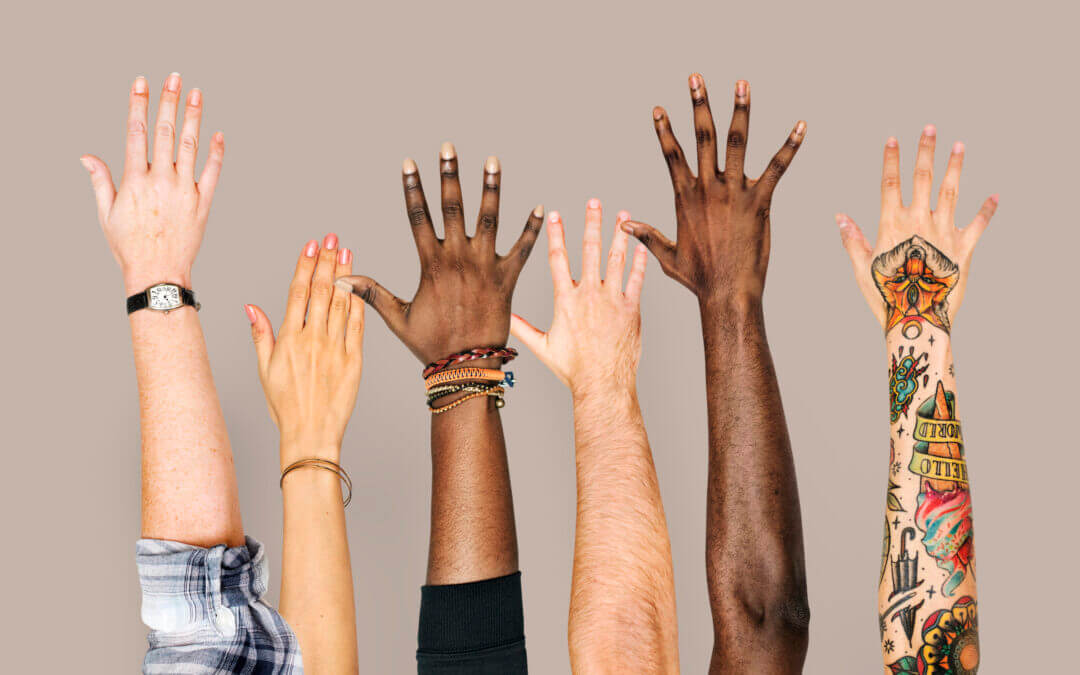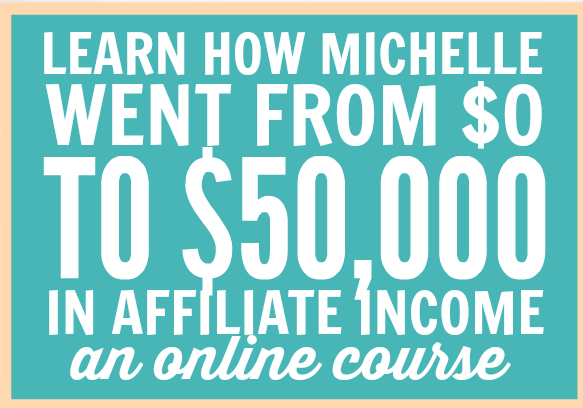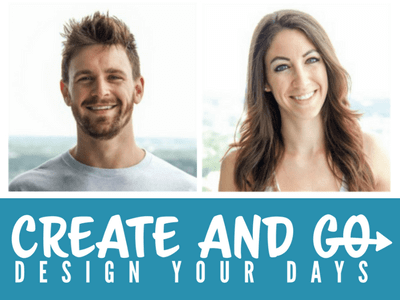The murder of George Floyd, an unarmed black man, by a white police officer has sparked protests and riots in Minneapolis, across the country, and even around the globe.
While I am deeply saddened by Floyd’s tragic death, I am glad that we are finally having uncomfortable, necessary conversations about race in America.
For many white Americans like me, it’s easier to pretend that racism no longer exists. This is more comfortable than admitting that racism lives within all of us.
It’s easy to disassociate yourself from your racist uncle or grandma. You would never say the types of things that they say, right?
You would probably say that you believe all people should be treated equally.
*Disclosure Policy: This post may contain affiliate links. Read our full disclosure policy here.
Unconscious Bias
But here’s the thing. Bias is inherent to human beings. We make snap judgments about people, based on race and other characteristics, all the time – whether or not we’re even aware of what we’re doing.
Our brains are simply wired this way. The unconscious part of your brain processes information 200,000 times faster than your conscious brain. We look for patterns, make associations, and use this information to behave efficiently.
For example, when you approach a red light, you don’t need to think about what it means or what you should do. You automatically hit the brakes.
Being able to make quick decisions is useful in many scenarios, but when it leads to bias against certain groups of people, it’s a problem.
I have a bachelor’s degree in psychology and a master’s degree in human resources, and one interest of mine is bias in the hiring process. When we interview people, we have a limited amount of information and we often rely on “gut feelings” (*cringe*) to make hiring decisions.
Research has shown the following biases are common during the hiring process:
- Affinity bias
- Confirmation bias
- Affirmation bias
- Conformity bias
- Halo effect and horns effect
- Contrast bias
Studies have also shown that people are more likely to be hired (and more likely to be paid a higher salary) if they are:
- Male
- White and have a “white sounding” name rather than a name that sounds traditionally African American
- Attractive
- Tall
- Not too old but also do not have a “baby face” that makes them appear younger than they are
Many of us have subconscious ideas about race that we aren’t even aware we hold. Often, many of these ideas are formed in early childhood and we simply never question them. We can’t question a belief that we don’t even realize we believe.
We typically think many of our beliefs are just “reality” or “the way it is”.
To quote one article, “Add in a lifetime of stereotypes and assumptions that you’ve read in the media or heard from friends and family or seen portrayed in books and movies, and it’s no wonder that you’ve got unconscious biases. It would be a miracle if you didn’t.”
So… where do we go from here?
Eliminating Unconscious Bias
The first step to eliminating unconscious biases is awareness, so you’re on the right track. Here’s what I would recommend doing next:
- Don’t beat yourself up. Unconscious biases exist within all of us – your unconscious bias may be in stark contrast to your consciously held beliefs. This is normal and common. It doesn’t make you a bad person. Beating yourself up isn’t useful and won’t help anyone.
- Think about your thinking. We have an estimated 60,000 thoughts per day, and many of these are automatic. Pay attention to your thoughts – you might be surprised by what you find. If you have a thought that seems biased, unfair, discriminatory, or racist, ask yourself where that thought came from. Question it.
- Think new thoughts. When we’ve thought something over and over, it becomes a belief and beliefs form neural pathways in our brains. Changing these neural pathways can be challenging, but it’s certainly not impossible! Expose yourself to new ideas and open your mind to new ways of thinking by reading anti-racist books, articles, and blog posts. Listen to insightful podcasts. Have discussions with people who see things differently than you do.
- Spend time in diverse groups. Research shows that prejudice decreases as people spend more time with different social groups. Listen to people. Recognize that everyone has had unique experiences that have shaped the way they view the world.
- Get comfortable being uncomfortable. Most of us don’t want to think of ourselves as racist or biased in any way. We want to believe that we’re good people who treat others equally. Examining your own biases and questioning them may be quite uncomfortable. That’s okay. It’s not supposed to be comfortable. Change never is.
What It Means to be Anti-Racist
In Ibram X. Kendi’s book, How to be Antiracist, Kendi argues that being “not racist” isn’t enough. Instead, he says we need to actively uproot racism by being anti-racist – which means questioning the racism that exists in our current policies and systems… and in ourselves.
To be “anti-racist” is to imagine what an anti-racist society would look like and to take steps toward building it.
I will admit that in the past, I wanted to believe that we already have equality and equal opportunity in the US. But the reality is, if we lived in a society with true equality, we wouldn’t see the racial and gender disparities we still see today.
Prison populations wouldn’t be disproportionately comprised of blacks and Hispanics. Legislatures and executive boardrooms wouldn’t be filled with mostly white men.
We’d see an equal number of men and women in positions of power, and the number of minorities in these positions would be proportionate to the number of minorities in the general population.
It’s easy to blame women and minorities for these disparities.
If people don’t want to go to prison, they shouldn’t commit crimes, right? If women want to pursue executive level positions, why do they sabotage themselves by leaving the workforce when they have babies? Why don’t they negotiate for higher salaries if they want to make more money?
Personal accountability is important and there is some truth to arguments like these, but they paint an overly simplistic picture. If we want to create true equality in our society, we need to look at these issues with a broader lens.
We need to ask ourselves how we can help. What kind of programs or policies can we implement to help children living in poverty to pursue higher education or workforce training? How can we encourage them to pursue opportunities like these instead of turning to drugs or crime? What can we do to help addicts get the treatment they need instead of incarcerating them?
What can we do to help women with young children to remain in the workforce (if they choose)? Can we offer paid parental leave? What else can we do to promote work-life balance? How can we ensure that our pay structures are equitable so we can close the pay gap?
These are just a few examples of the many questions we should be asking ourselves if we want to see true equality in our society.
Putting It All Together
To paraphrase Pastor John Gray, I hope that no more black people have to die and no more cities have to burn before things change.
Saying “I’m not a racist” isn’t enough.
Instead, let’s look within ourselves to identify and root out any beliefs, stereotypes, or negative ideas that we hold (whether consciously or unconsciously) about other racial groups.
Let’s listen to people who think differently than we do. Let’s open our minds to new ideas, new perspectives, and new ways of thinking.
Let’s be willing to be uncomfortable, to have difficult conversations, and to create change.
In the words of Dr. Martin Luther King Jr., “You don’t have to see the entire staircase. Just take the first step.”




Recent Comments